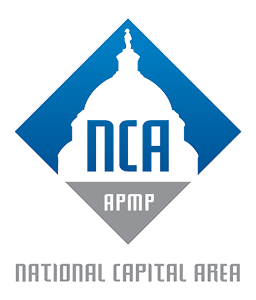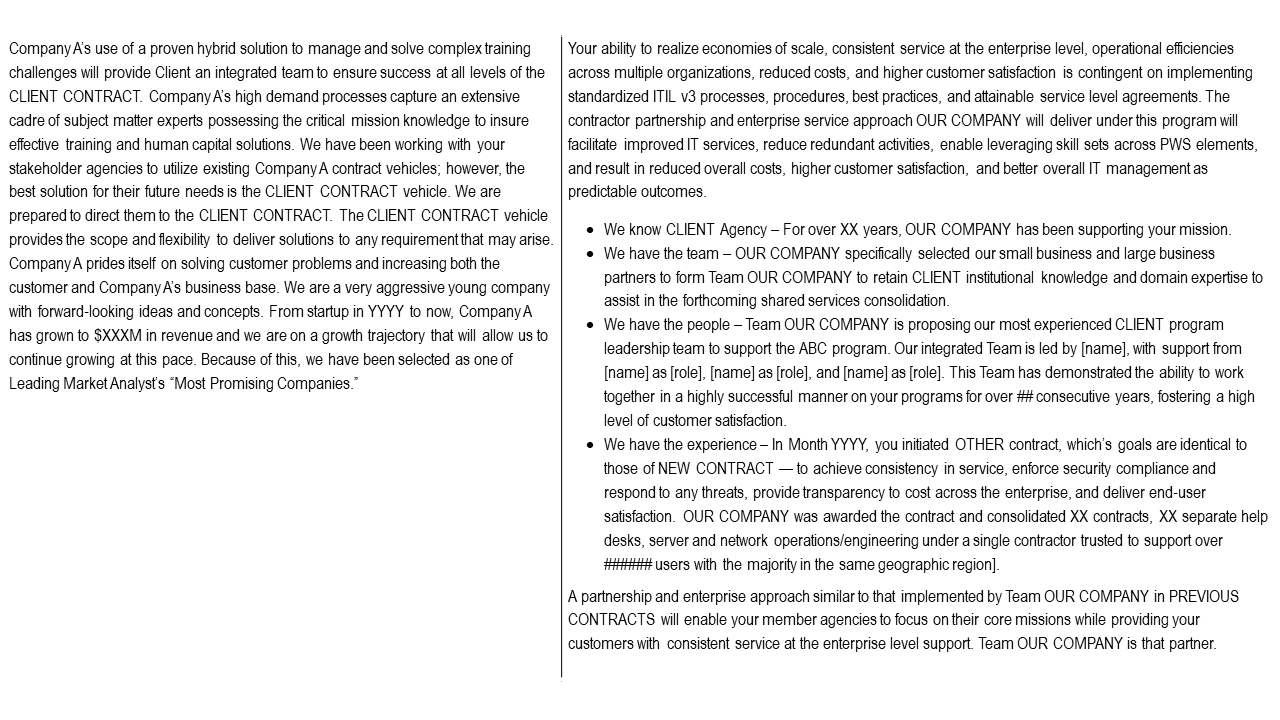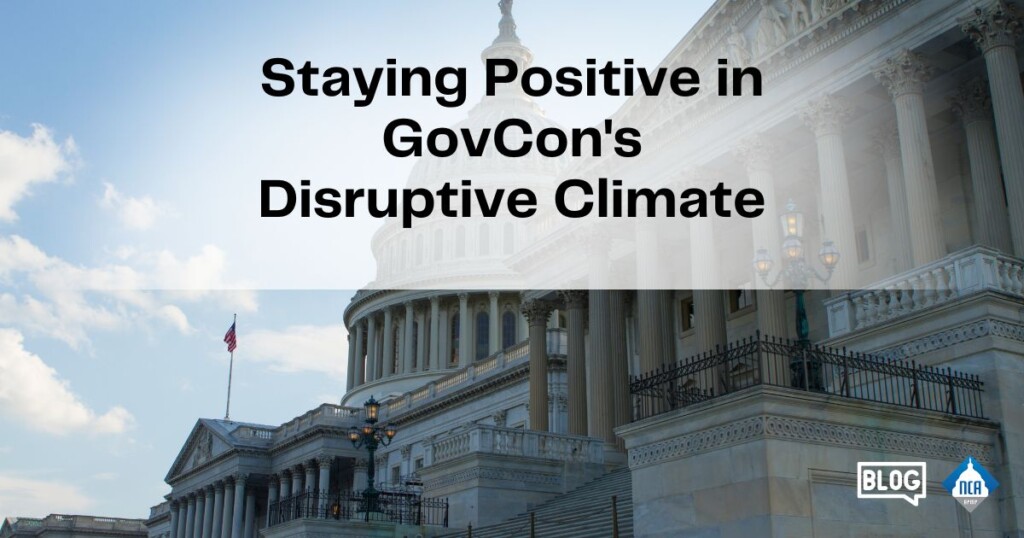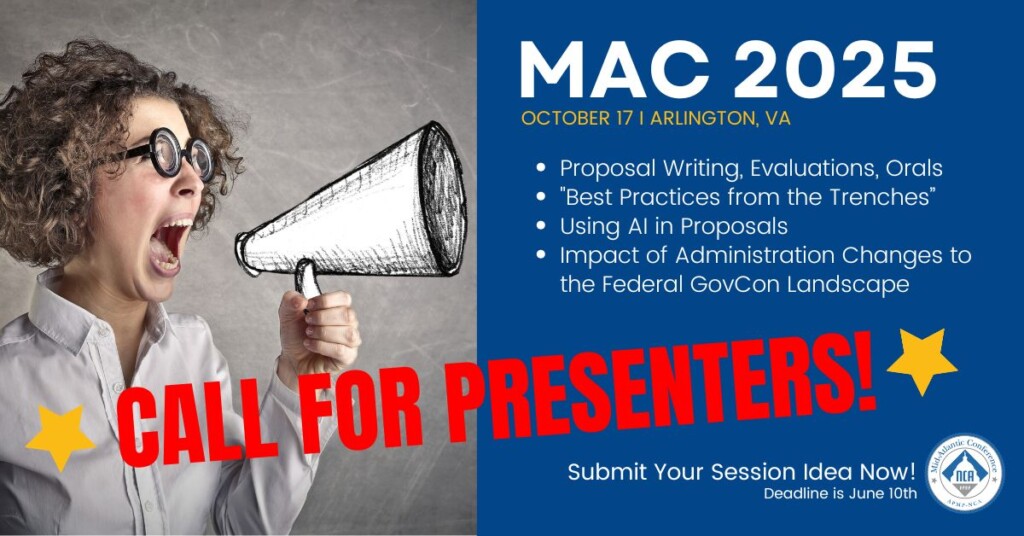 tl:dr. Do you know what that means? If you’re tech-savvy, or have a teenager in your life, you know that it’s Internet slang for “too long; didn’t read.” If you’ve ever been on the receiving end of that message, it is infuriating but direct.
tl:dr. Do you know what that means? If you’re tech-savvy, or have a teenager in your life, you know that it’s Internet slang for “too long; didn’t read.” If you’ve ever been on the receiving end of that message, it is infuriating but direct.
In five characters, your audience has told you that whatever you were trying to say did not come across because it got lost in a sea of words. Regardless of how strong your point, the message was not received because you didn’t get to the point.
The same is true for executive summaries. An executive summary is “a short abstract of the main points of the offer aimed at the senior-level decision makers in the customer’s organization. It is the section of a proposal that provides an overview of the offer and highlights the key selling points for customer decision makers. It articulates the customer’s vision and presents win themes and win strategies that substantiate ‘why us’.”[1]
Just imagine if the decision makers at your client’s organization start reading your executive summary and their reaction is

You’ve lost before the evaluation even gets going.
Your executive summary has to be succinct and compelling to capture the reader’s attention and interest quickly. But it’s important not to just focus on the length. If you have a short paragraph that does not convey anything of value to the reader, it’s too long. Your executive summary needs to clearly articulate what the client will achieve by selecting your firm, instill confidence that your solution is sound and low-risk, and provide the rational for why they should select your offer above the others — all without incurring the dreaded

Compare the beginning of these two executive summaries[2]:
 What do you notice first? While Company A’s executive summary opening is shorter, does it convey anything of value to the client decision makers? It tells the decision maker that Company A thinks pretty highly of itself. But do you walk away from that introductory statement with anything that would give you confidence in the proposed solution? Do you even know what the solution comprises — other than a “proven solution” that is in “high demand” and with an “extensive cadre of subject matter experts”?
What do you notice first? While Company A’s executive summary opening is shorter, does it convey anything of value to the client decision makers? It tells the decision maker that Company A thinks pretty highly of itself. But do you walk away from that introductory statement with anything that would give you confidence in the proposed solution? Do you even know what the solution comprises — other than a “proven solution” that is in “high demand” and with an “extensive cadre of subject matter experts”?
 Contrast that to OUR COMPANY’s introduction. OUR COMPANY delineates what its offer contains and why it has the elements — situational awareness of the challenges, teammates, individuals, and experience — to substantiate the value of its offer, and provides these decision makers with the justification for selecting OUR COMPANY. This executive summary maps out what we will see in the proposal, how OUR COMPANY’s offer directly relates to the clients challenges, and how OUR COMPANY is best qualified to take this on.
Contrast that to OUR COMPANY’s introduction. OUR COMPANY delineates what its offer contains and why it has the elements — situational awareness of the challenges, teammates, individuals, and experience — to substantiate the value of its offer, and provides these decision makers with the justification for selecting OUR COMPANY. This executive summary maps out what we will see in the proposal, how OUR COMPANY’s offer directly relates to the clients challenges, and how OUR COMPANY is best qualified to take this on.
So, when it comes to executive summaries, imagine your summary will be read by a team of smart but impatient 16-year-olds. Honest and brutal, but it may help you avoid the dreaded tl;dr. 





